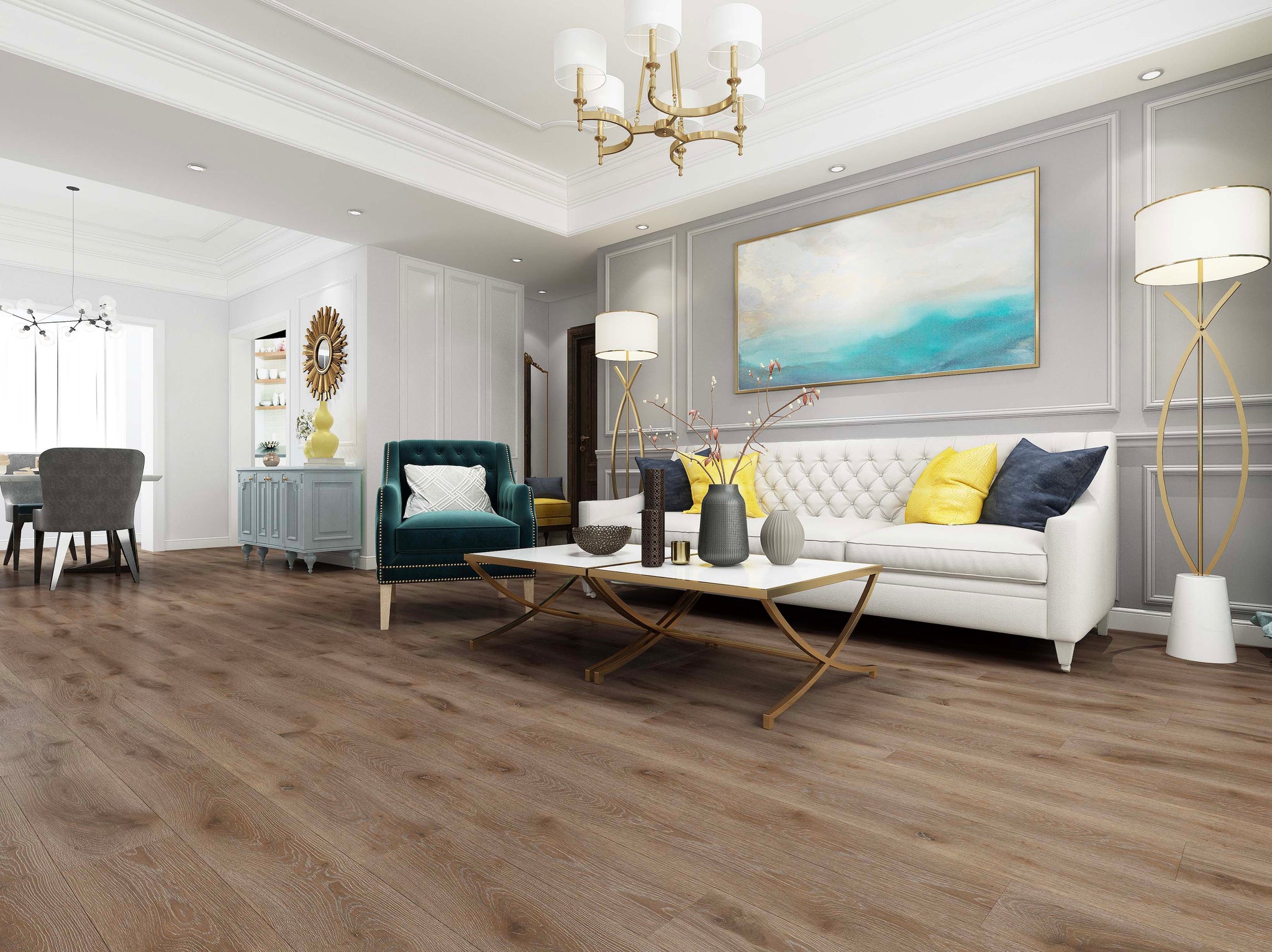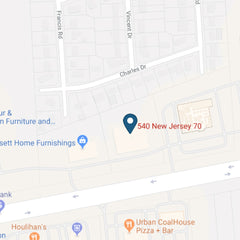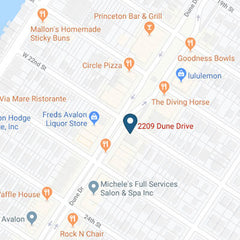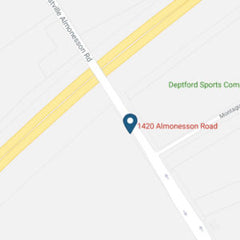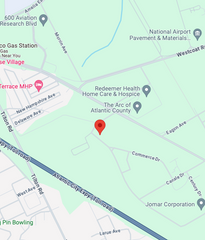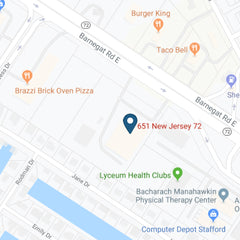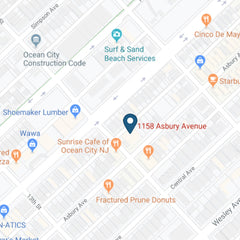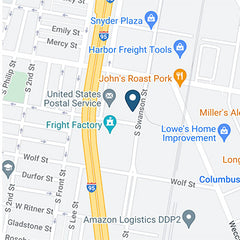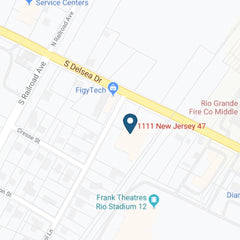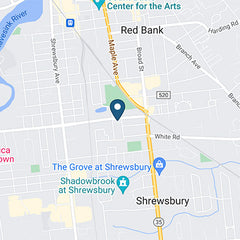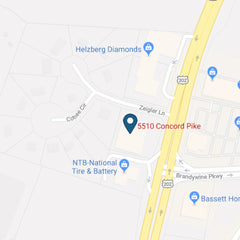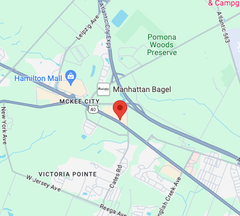When it comes to new flooring for your home, laminate and engineered hardwood flooring are two great choices if you want the look of natural hardwood. They are both very similar and have grown a lot over the last few decades. But, how do you know which one is the right one for you? Well, that's why we have this blog to help you out!
What is Laminate Flooring?
Laminate flooring is made up of four different layers: the backing layer, the core layer, the image layer, which is actually a photograph of various materials, and the wear layer. Laminate floors is also called a "floating floor" because they aren't fastened directly to a subfloor. Instead, individual planks snap together to create tight seams and are then put down over a thin underlayment pad. That means laminate flooring can go directly over old flooring without nailing, gluing or having to remove the existing flooring.

What is Engineered Hardwood Flooring?
Engineered wood floors have a similar construction as laminate except the top decorative layer is a thick veneer of real wood protected by a coating of a clear acrylic. The natural top layer makes engineered wood just as durable as traditional hardwood and provides the same classic, timeless look.

Differences Between Engineered Hardwood and Laminate
Laminate flooring and engineered hardwood are like close relatives in a family. They obviously look alike, have similar genes but they have contrasting personalities and slightly different physical makeups. They have different pros and cons that make up their personalities and rock their own unique features.
Cost
Both laminate and engineered hardwood flooring costs can vary. Prices usually rise with laminate flooring due to the AC ratings, the higher the rating, (the higher the price), added technology, spill protection and surface textures.
Engineered floors will have a higher price depending on the top wood veneer thickness, style, species and brand. If price plays a role in your decision, engineered hardwood flooring will generally be a higher price, but it's not always the case.
Durability
Laminates and engineered hardwoods are made very similarly, making them both a very durable product. The major difference between the durability of laminate vs. engineered hardwood will be found on the surface. Since engineered hardwoods have a real hardwood veneer, they are more susceptible to surface scratches, dents and expansion; however, most of these floors come with a protective top layer that helps protect against the wear. But, with engineered hardwood, the top layer is truly hardwood, so it can be sanded and refinished.
Water Resistance
Laminate flooring is more resistant to water than natural hardwood flooring but only on the top surface. The floor can swell and get ruined if the sides and the bottom of the flooring get wet.
If laminate gets wet on the sides or underneath, you can't refinish it. Instead, you will need to replace the damaged flooring. For this reason, spills should always be wiped up immediately and laminate shouldn't be installed in rooms that are moist or humid like bathrooms.
Engineered hardwood is also more resistant to water than traditional hardwoods. Due to the construction, it won't expand or contract in humid rooms, making it different than laminate flooring and ideal for installation in below-grade rooms where hardwoods can't be installed.
Ease of Installation
Laminate installation is more of a DIY go-to material than engineered wood floors. Installing laminate planks doesn't require any nailing or glue like some types of engineered hardwood. It's a simple interlocking tongue-and-groove system that can typically be installed in a day.
One major difference when it comes to installing these floors is the subfloor requirements. A laminate floor can be floated and almost all flooring can be floated except carpet. An engineered hardwood floor needs a more stable and structurally sound subfloor.
Appearance/Color & Styles
Laminate manufacturers use advanced printing processes to create flooring that looks and feels just like hardwood. These processes allow you to choose from replicates of many of the most popular species of wood, like oak, hickory and walnut in a variety of shades.
Engineered hardwood's upper layer is made of real wood. Many of the same species in traditional hardwoods are used in the construction of the flooring, including traditional species like maple, pine, mahogany, and even Brazilian cherry. Engineered hardwoods are also available in many shades and styles.
Care & Maintenance
Laminate is quite easy to care for. You can clean it on a daily basis with a broom, dust mop or vacuum cleaner to use on bare floors. And for more extensive cleaning, you can use a dry mop or cloth. Never use a wet mop, because water can damage laminate flooring. Avoid steam mops as well as any wax polishes or cleaners. The last thing you need is an extremely slippery surface that can cause physical damage!
Daily cleaning of engineered hardwood flooring is similar to laminate care. You can clean up dirt, dust and debris using a broom or dust mop. You can also use a hardwood vacuum.
However, it must be appropriate for use on bare floors. Regular vacuums can scratch and damage engineered hardwoods. It's best to avoid harsh cleaners, wet mops and steam mops as well. This is because excessive moisture can damage the floors.
Is Engineered Hardwood Better than Laminate? Or is Laminate Better?
After going through the similarities and the differences, it's clear to see that the winner of engineered hardwood vs. laminate flooring is really up to you. Both are strong, durable floors that are less expensive than natural wood but mimic the natural wood floor beautifully and are easy to keep looking new and fresh. So, give each of these details some thought, come to one of our showrooms to see the ones we carry in person and determine what one is the best for you and your home.
